Can You Use Aperature Priority With Nd Filters ?
Yes, you can use aperture priority mode with ND filters. Aperture priority mode allows you to set the desired aperture value while the camera automatically adjusts the shutter speed to achieve the correct exposure. When using an ND filter, the filter reduces the amount of light entering the camera, allowing you to use a slower shutter speed without overexposing the image. This can be useful when shooting in bright conditions or when you want to create a motion blur effect. By using aperture priority mode, you can set the desired depth of field and let the camera adjust the shutter speed accordingly, while the ND filter helps to maintain the correct exposure. It is important to note that when using ND filters, you may need to adjust the exposure compensation to ensure that the image is properly exposed.
1、 Exposure Control
Yes, you can use aperture priority mode with ND filters. Aperture priority mode allows you to set the aperture (f-stop) while the camera automatically adjusts the shutter speed to achieve the correct exposure. ND filters are used to reduce the amount of light entering the camera, allowing you to use slower shutter speeds or wider apertures in bright conditions. By using aperture priority mode with an ND filter, you can maintain control over the depth of field while still achieving the desired exposure.
However, it's important to note that using ND filters can affect the accuracy of the camera's light metering system. This is because the camera's metering system is designed to measure the amount of light entering the lens, and ND filters reduce the amount of light reaching the sensor. As a result, the camera may overexpose or underexpose the image if you rely solely on the camera's metering system.
To overcome this issue, you can use exposure compensation to adjust the exposure settings manually. Alternatively, you can use a handheld light meter to measure the light levels and set the exposure manually. Another option is to use the camera's histogram to check the exposure levels and adjust the settings accordingly.
In conclusion, aperture priority mode can be used with ND filters, but it's important to be aware of the potential issues with the camera's metering system. By using exposure compensation, a handheld light meter, or the camera's histogram, you can ensure that you achieve the correct exposure while maintaining control over the depth of field.
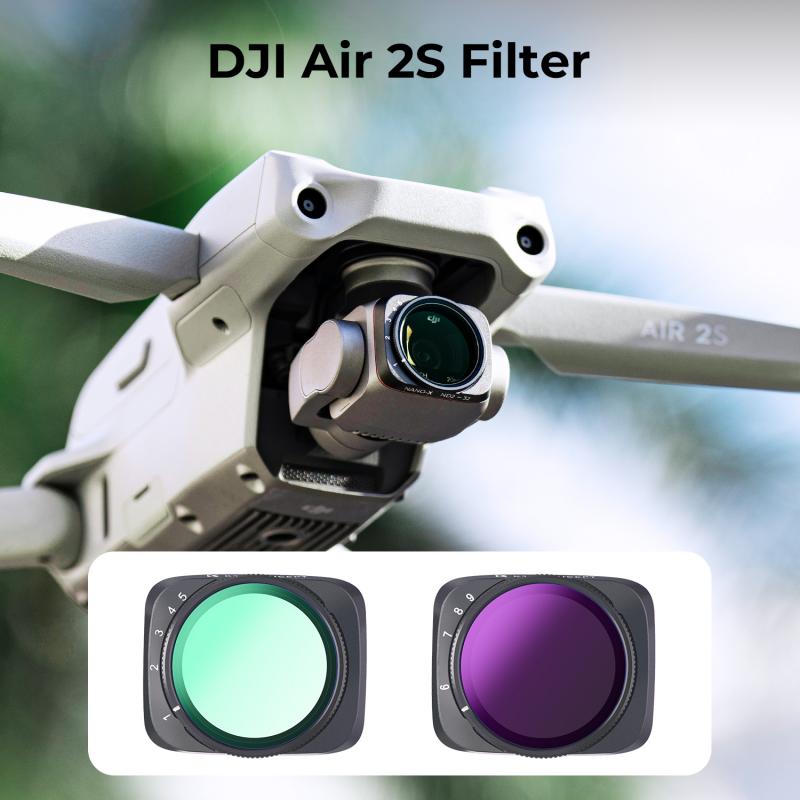
2、 Aperture Priority Mode
Yes, you can use aperture priority mode with ND filters. Aperture priority mode allows you to set the aperture value while the camera automatically adjusts the shutter speed to achieve the correct exposure. ND filters are used to reduce the amount of light entering the camera, allowing you to use slower shutter speeds or wider apertures in bright conditions.
When using ND filters, it is important to keep in mind that the camera's light meter may not accurately reflect the amount of light entering the camera. This is because the ND filter reduces the amount of light reaching the sensor, which can cause the camera to underexpose the image. To compensate for this, you may need to adjust the exposure compensation or use manual mode to set the correct exposure.
Additionally, some cameras may have a maximum shutter speed limit in aperture priority mode, which can limit your ability to use slower shutter speeds with ND filters. In this case, you may need to switch to manual mode to achieve the desired exposure.
Overall, aperture priority mode can be a useful tool when using ND filters, but it is important to be aware of the limitations and adjust your settings accordingly to achieve the desired exposure.
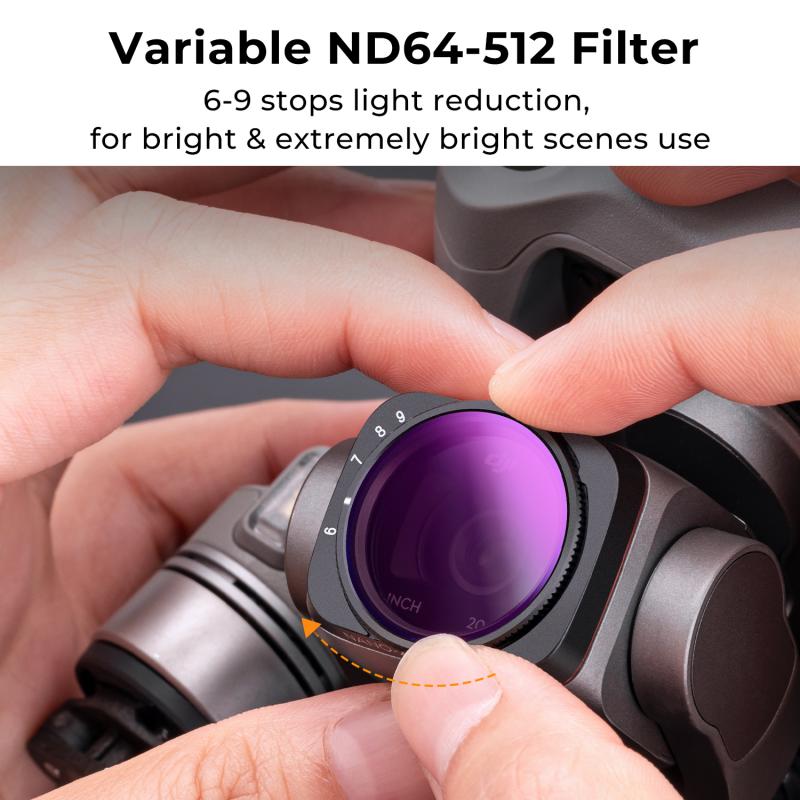
3、 ND Filters
Yes, you can use aperture priority mode with ND filters. In fact, using ND filters is one of the primary reasons why photographers use aperture priority mode. ND filters are used to reduce the amount of light entering the camera, allowing you to use slower shutter speeds or wider apertures in bright conditions. This is particularly useful for landscape photography, where you may want to capture a long exposure of a waterfall or a sunset.
When using ND filters, it's important to keep in mind that they will reduce the amount of light entering the camera, which can affect your exposure settings. In aperture priority mode, the camera will automatically adjust the shutter speed to compensate for the reduced light. This means that you can set your desired aperture and let the camera do the rest.
However, it's important to note that using ND filters can also affect the depth of field in your images. When using a wider aperture, you will have a shallower depth of field, which can create a more dramatic effect in your photos. On the other hand, using a smaller aperture will give you a deeper depth of field, which can be useful for landscape photography.
In conclusion, using aperture priority mode with ND filters is a great way to capture stunning landscape photos in bright conditions. Just remember to keep an eye on your exposure settings and adjust your aperture accordingly to achieve the desired depth of field.
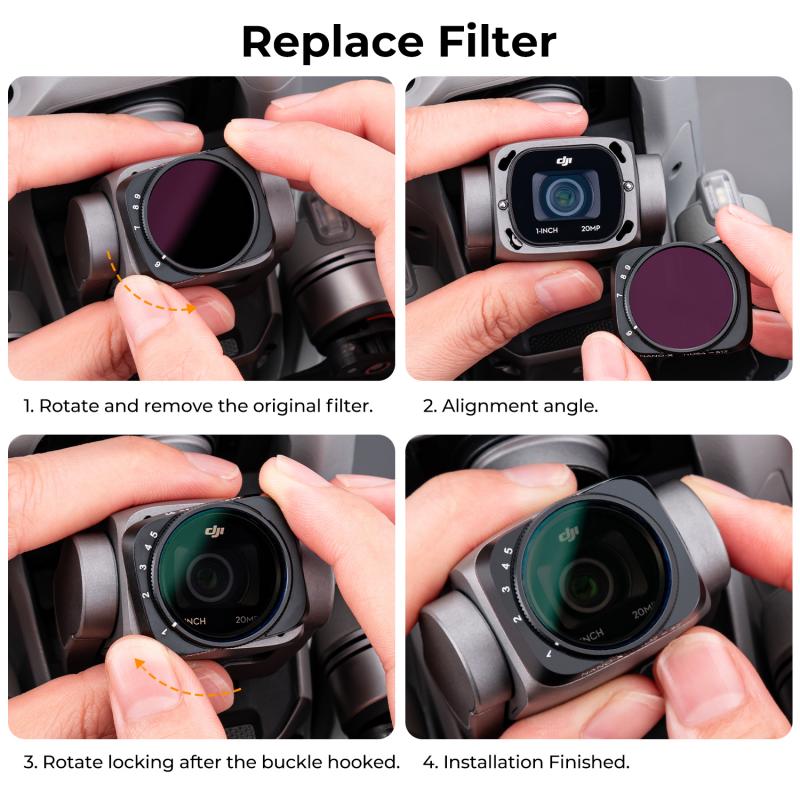
4、 ND Filter Strength
Yes, you can use aperture priority mode with ND filters. Aperture priority mode allows you to set the desired aperture value while the camera automatically adjusts the shutter speed to achieve the correct exposure. When using ND filters, the filter reduces the amount of light entering the camera, allowing you to use slower shutter speeds without overexposing the image. This is particularly useful when shooting in bright conditions or when you want to create long exposure effects such as motion blur in water or clouds.
It's important to note that the strength of the ND filter you use will affect the amount of light that is blocked, and therefore the shutter speed required to achieve the correct exposure. ND filters come in different strengths, usually measured in stops, with stronger filters blocking more light. For example, a 3-stop ND filter will reduce the amount of light entering the camera by three stops, while a 10-stop ND filter will reduce it by ten stops.
It's also worth considering the effect that using an ND filter will have on your depth of field. When using a smaller aperture to achieve a longer shutter speed, you may find that your depth of field becomes shallower, particularly if you are shooting at close distances. This can be useful for creating a shallow depth of field effect, but it's important to be aware of it when composing your shots.
In summary, using aperture priority mode with ND filters can be a great way to achieve long exposure effects and control the amount of light entering your camera. Just be sure to choose the right strength of filter for your needs and consider the effect it will have on your depth of field.
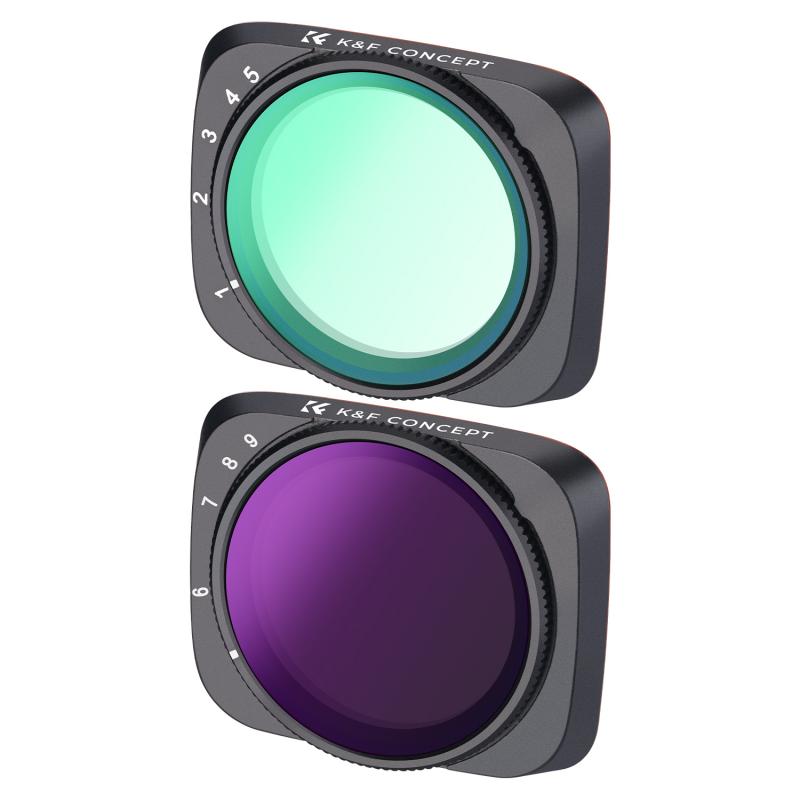

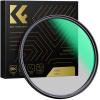



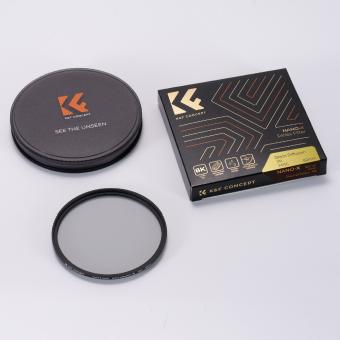
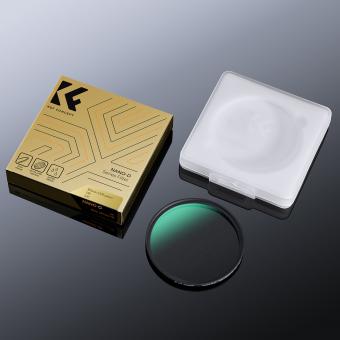

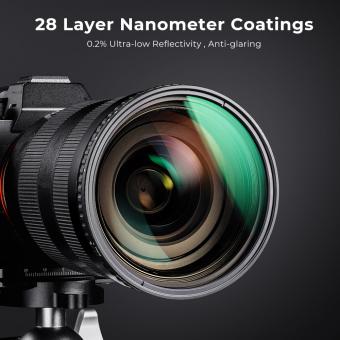

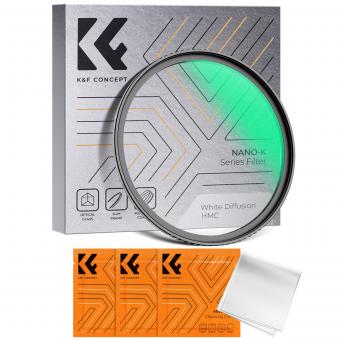

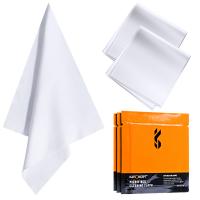

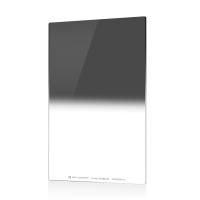
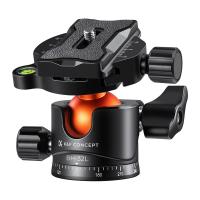

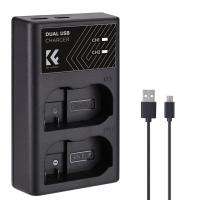
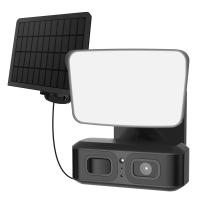
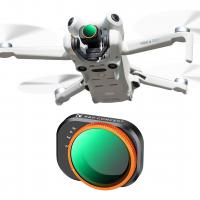

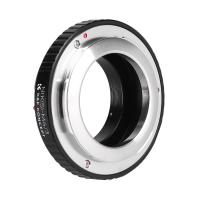


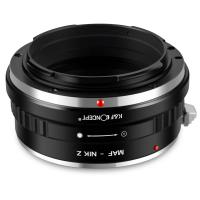
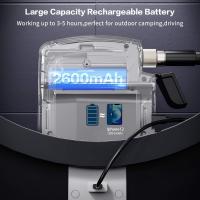





There are no comments for this blog.